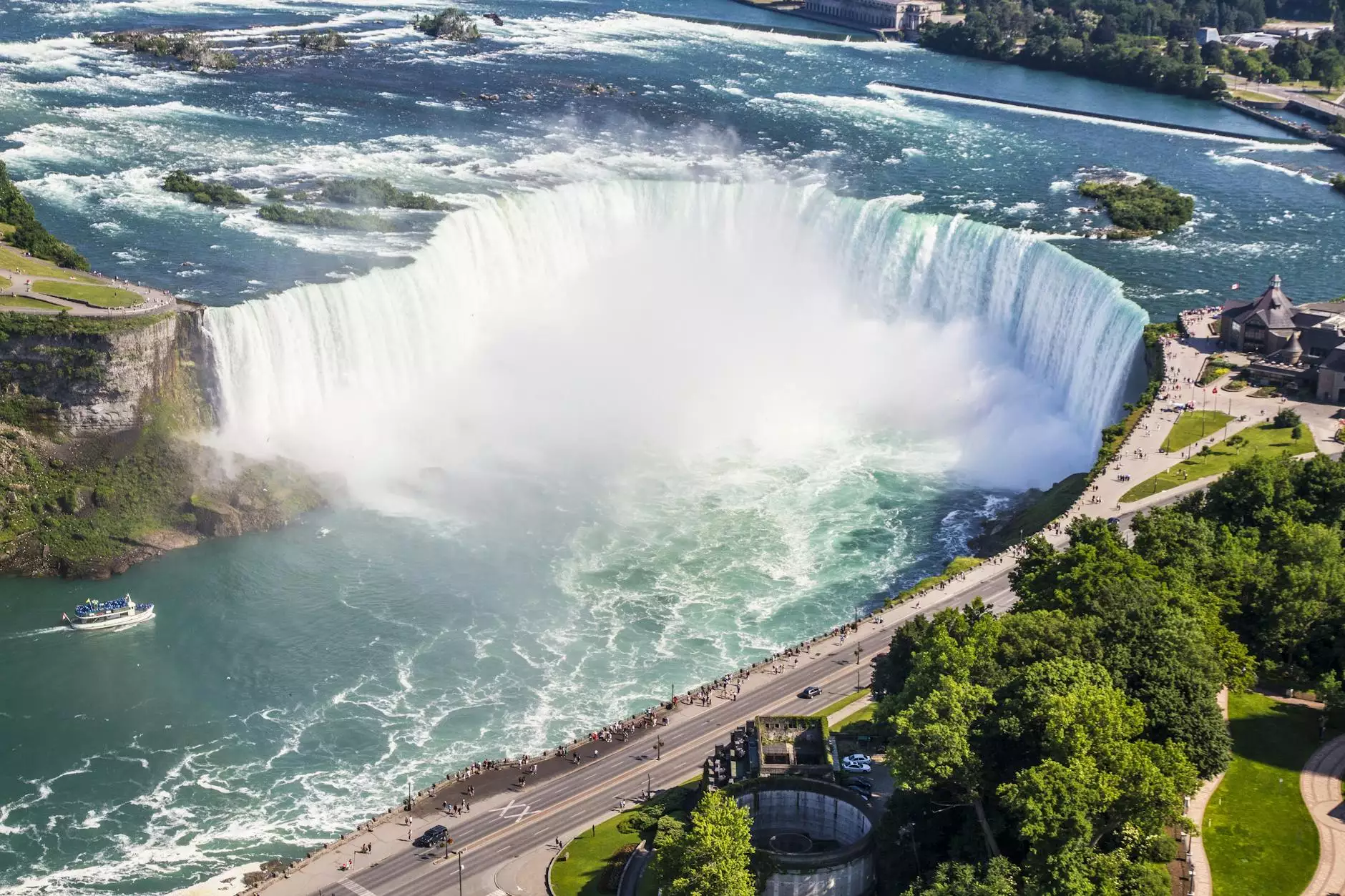The Intricate Process of How Thunderstorms Develop, Organize, and Intensify
Services
Thunderstorms are powerful meteorological phenomena that captivate our attention with their dramatic displays of lightning, thunder, and intense rainfall. Understanding how thunderstorms are created and the development of thunderstorms is key to appreciating their complexity and potential impact on our lives.
Formation of Thunderstorms
Thunderstorms typically form in warm, moist air masses when three key ingredients come together: moisture, instability, and lift. As the sun heats the ground, warm air rises, creating unstable conditions. When this warm air reaches a certain level in the atmosphere, it cools and condenses into clouds, leading to the formation of thunderstorms.
Stages of Thunderstorm Development
Thunderstorms progress through different stages as they develop, organize, and intensify. The initial stage is the cumulus stage, where towering cumulus clouds begin to form due to rising warm air. As the warm air continues to ascend, the mature stage is reached, characterized by heavy rainfall, lightning, and thunder.
- In the mature stage, updrafts and downdrafts within the thunderstorm contribute to the circulation of air and the formation of severe weather phenomena.
- The decay stage follows the mature stage, as the thunderstorm weakens and dissipates due to the loss of warm, moist air that fueled its development.
Organization of Thunderstorms
Thunderstorms can be classified into different types based on their organization and structure. Supercell thunderstorms, for instance, are characterized by rotating updrafts known as mesocyclones that can lead to severe weather events such as tornadoes.
Intensification of Thunderstorms
Under the right atmospheric conditions, thunderstorms can intensify rapidly, developing into severe thunderstorms that pose significant risks to life and property. Factors such as wind shear, moisture levels, and temperature gradients can contribute to the intensification of thunderstorms.
The Role of Meteorologists in Monitoring and Forecasting Thunderstorms
Meteorologists play a crucial role in monitoring and forecasting thunderstorms to provide timely warnings and alerts to the public. Advanced technologies such as Doppler radar, satellite imagery, and computer models help meteorologists track the development and movement of thunderstorms with greater precision.
By understanding the intricacies of how storms are formed and the processes that govern their development, we can better prepare for and mitigate the impacts of thunderstorms on our communities and infrastructure.
Explore more about the fascinating world of thunderstorms with SEO Studios - your trusted source for insightful information on meteorological phenomena.



